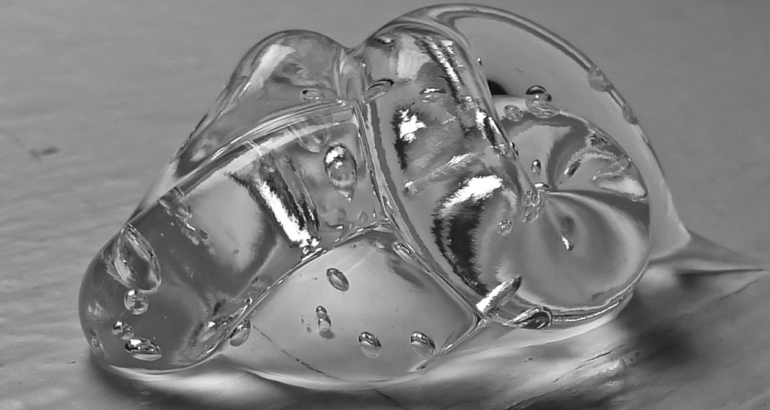The therapeutic use of Finasteride is not new. Physicians have been prescribing it for the treatment of enlarged prostate and hormonal imbalance for a long time. Over the years, Finasteride has also emerged as an effective solution against male patterned baldness.
However, the use of Finasteride for male patterned baldness is also marred for its unwanted consequences. The administration of Finasteride tablets has shown some severe side effects among the users. This setback for oral Finasteride paved the way for the development of Finasteride.
How topical Finasteride fares with its hair loss treatment as compared to oral Finasteride? We will try to shed light on it in the following topical Finasteride vs. oral Finasteride discussion.
Oral Finasteride
Oral Finasteride usually comes in a tablet form like any other prescription drug and is administrated once a day. In the context of hair loss solution, Finasteride acts like an enzyme suppressant. It suppresses the activity of 5α-reductase that catalyzes the formation of dihydrotestosterone (DHT).
DHT is a sex hormone that contributes to the formation of various male characteristics. However, the excessive formation of DHT in the scalp region is detrimental to hair follicles. By suppressing 5α-reductase activity, Finasteride slows down the formation of DHT that eventually stops hair loss.
However, the oral Finasteride administration entails whole-body effects. When you take Finasteride in tablet form, it gets digested and diffused into the bloodstream like any other nutrient. Blood carries Finasteride all through the body, thus amplifying its overall effect. This is why oral Finasteride doesn’t just address hair loss. It can also lead to various side effects including skin irritation, stress, anxiety, and reproductive health issues (erectile dysfunction, etc) among the patients.
Topical Finasteride
Topical Finasteride is a liquid composition formulated for direct application on the scalp. The rationale behind the development of topical Finasteride is it keeps the effects of this enzyme suppressant localized. In other words, you only target the DHT activity in the scalp region instead of disturbing its formation all through the body.
Studies suggest that the topical Finasteride has emerged as a win-win solution. On one hand, it effectively works against hair loss. On the other hand, it doesn’t inflict the notorious side effects by depleting DHT levels throughout the body. It has also been found that the therapeutic effects of 0.25% topical Finasteride are similar to what 1mg oral Finasteride offers.
Experts have further improved the efficacy of topical Finasteride by giving it a twist of liposomal delivery. Liposomes are tiny vehicle delivery units made of the same material as a cell membrane. Using topical Finasteride in a liposomal form improves its absorption in the scalp to provide better results than conventional topical Finasteride formulas.
For this improved topical Finasteride treatment, get in touch with us. Its liposomal experts have devised a completely safe transmission system for Finasteride into the scalp. This way you can use Finasteride without stressing over its adverse side effects.



